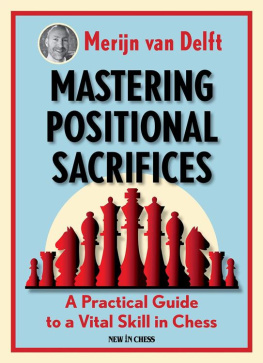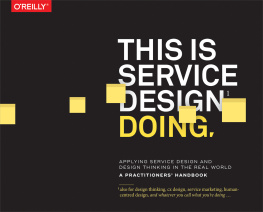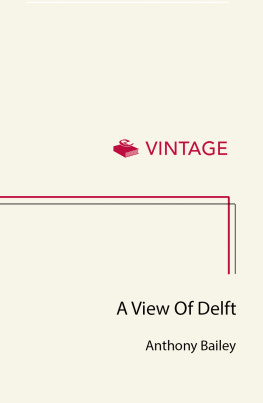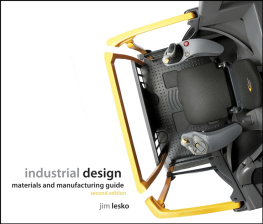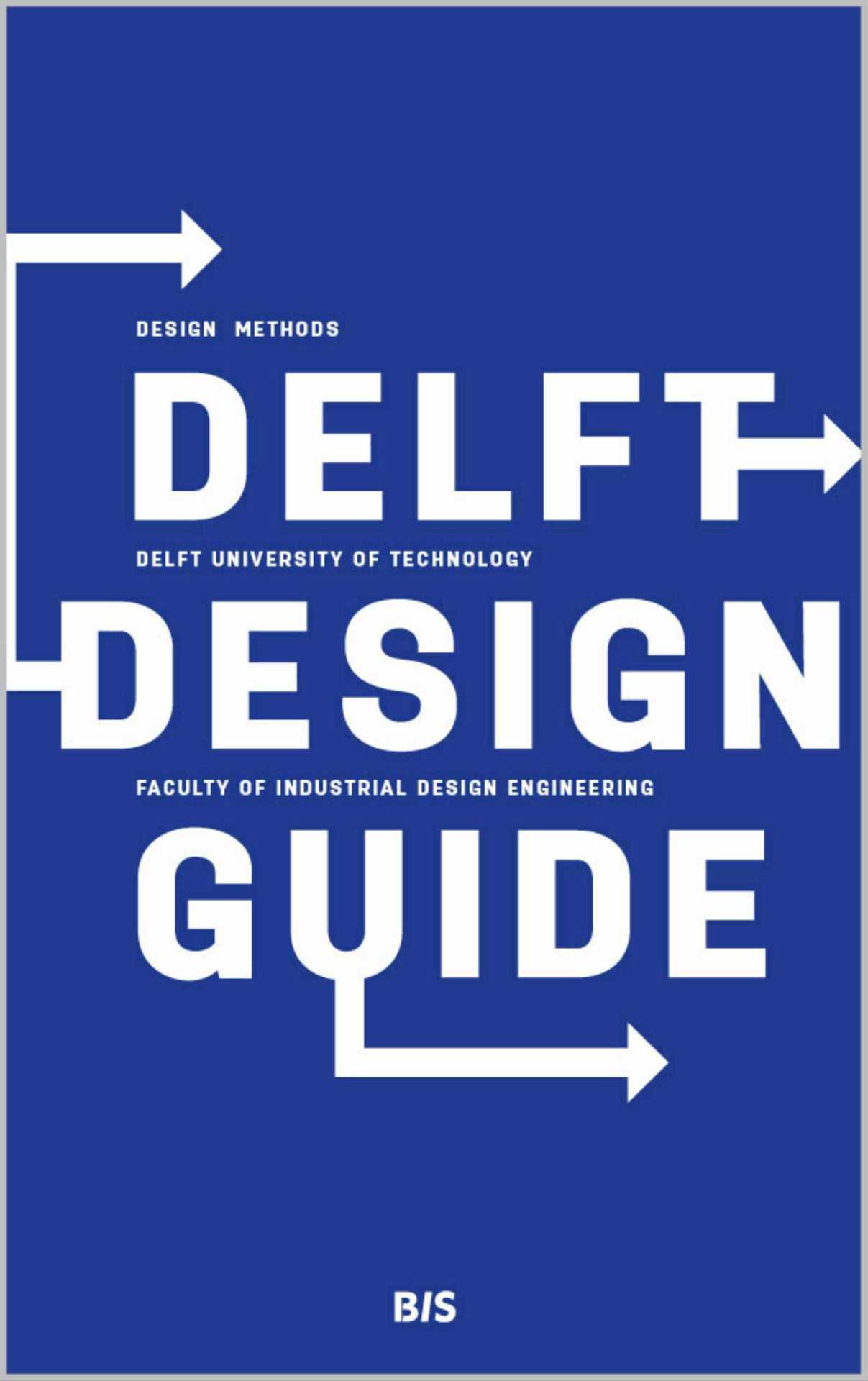How To Use This Guide
The Delft Design Guide presents design methods and approaches that can be useful to you as a designer, both during your time as a student and as a practitioner. We hope you will use the guide as a source and reference. It will help you to gradually build a rich repertoire of ways to approach the design of products and services.
An important recommendation It is crucial to be aware of two issues before you start using the book. First, design methods are not recipes for success, just like strictly following a cooking recipe is not a guarantee of a good meal. Methods will help you to structure your thinking and actions. In this guidebook, we present the essential steps that will enable you to work efficiently and achieve your goals without too many detours. Furthermore, the methods will help you to communicate with your team or client. Consequently, you will not lose your way in complex design processes. You will mostly learn by experience, reflecting critically on your chosen path and methods be useful to you as a designer, both during your time as a student and as a practitioner. We hope you will use the guide as a source and reference. It will help you to gradually build a rich repertoire of ways to approach the design of products and services.
Second, there are many ways to accomplish something. Your task is to find an appropriate approach for each new situation. To perform well, you need to adapt any method to the specific situation. The selection of an appropriate approach depends on your goal or task, the circumstances, your personality, background and experiences. For every designer - design problem - environment combination there are multiple applicable methods that all have their benefits and limitations. The more methods you have experienced, the better your knowledge of which ways of working are suitable for you in tackling design problems effectively and efficiently.
Who is the book written for? The Delft Design Guide is first and foremost intended for design students. It complements the teaching materials provided in design courses. The book also supports design tutors by serving as a reference. Furthermore, course developers can use the book to make selections and divide the methods in the curriculum. And finally the Delft Design Guide serves as a reference for design practitioners.
When might you need this book? Designing distinguishes itself from other disciplines in that it combines a number of activities, such as visualising, creative thinking, empathising with the intended users and reasoning from values via functions to forms. In essence, designing is an activity that is intended to lead to new possibilities and an embodiment of those possibilities. Designing requires you to cope with uncertainty and to play with possibilities, leading to new insights that can result in innovations. As a designer you have the difficult task of understanding the world around you while creating new products that will change your world. Questions that you may ask yourself are:
Is there a specific way a designer thinks and acts?
What questions do I need to answer? How and when?
What activities do I need to perform? When and in which order?
How do I determine the boundaries of the context I am designing for?
How can I map the world of my intended users?
When can I stop analysing and start creating and how do I generate ideas?
How do I choose between solutions?
Design methods and tools can help you answer these and many other questions.
What is in the book? Design education at Delft University of Technology focuses on the design process. By teaching design methods we aim to train students to achieve fluent control of design processes and thereby manage and execute design projects successfully. The models, approaches, perspectives and methods and tools presented in this book are taught at the faculty of Industrial Design Engineering in Delft. Much of the content has been developed at Delft. Some of the content has been adopted and sometimes modified from outside sources. Together they represent the three main pillars of Delft design education: People, Business and Technology. As the field of design is continuously evolving, the guides contents are a snapshot of the majority of methods we currently teach. New design methods are developed continuously. Nonetheless, this collection offers you a rich variety of resources to assist you in dealing with the challenges of designing.
Staging Design Activity
Designing is a complex activity that can take many forms. Therefore, staging your project in an appropriate and timely manner is a prerequisite for developing successful design outcomes. Staging is about planning and preparing for doing the right things, before you start to do those things right. It is sometimes also about rethinking the things you are doing during your project when unexpected things happen.
When staging your project, the aim is to come up with an approach that fits your goal and ambitions, the resources that are available and the interests and expectations of your stakeholders. In the Delft Design Guide we present a large variety of methods that you will find useful, both as a student and later as a practitioner. We hope that you will use the guide as a source and reference during and after your education and that over time you will develop and expand your repertoire of ways to approach designing products and services. One of the main purposes of the Delft Design Guide is to provide you with resources that you can use to stage your projects. By building a rich repertoire of ways to approach design projects, you will be better able to stage different projects in an appropriate and timely manner.
Different roles of methods when staging design Methods can play different roles for you and in your project. Obviously, staging is about determining which activities are necessary for coming up with a good design outcome for the specific project you are working on. Methods can help you to do that. For example, when you know you require information about user needs, specific user research methods can give insight into how you could do that. But staging also involves making sure that you can coordinate and manage both your efforts and those of your team. For example, when you work in a team and need to agree on task division and milestones, methods can help to distinguish and define activities. And staging is about making sure that you can justify and account for your efforts to your external stakeholders, for example your client or your design teacher. Last but not least, staging is about creating an overview for yourself and giving you the flexibility to adapt and experiment with different approaches as you go along. For example, by mapping your activities onto a process model of product innovation, it becomes easier to position yourself in a project and manage your expectations of what things you should be doing now and what things you can leave for later. In this light, methods can help you to design with confidence, spurring you to create valuable and innovative results. When staging your project you should ask yourself three basic questions:


